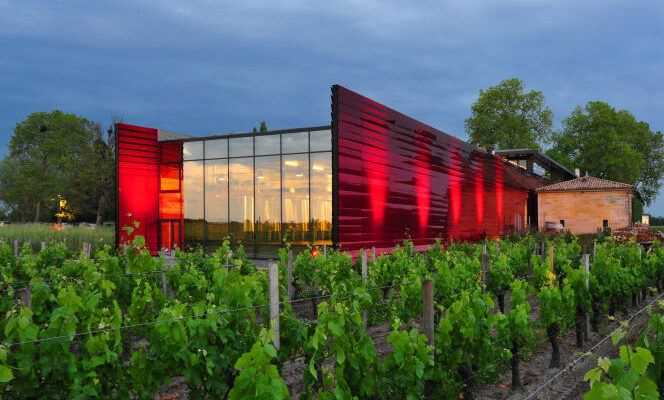By creating, in 2006, the online magazine Winetourisminfrance.com, André Deyrieux becomes the pioneer of an activity combining tourism and discovery of vineyards, without neglecting the heritage and economic dimensions. In 2009, he created the National Wine Tourism Award and co-founded the European Wine Tourism Training Association (AEFO). Consultant in this sector and member of the office of the Superior Council of Wine Tourism, he teaches at the University of Wine of Suze-la-Rousse (Drôme) and at the Higher Institute of Wine in Montpellier. He is also the author of Fifty days to understand wine differently (2019, Ellipses editions).
Wine tourism can take many forms. How is it developing in French wine estates?
The offer continues to expand and expand. In France, it starts with wine. The commented tasting of the wines of a property, sometimes seven days a week during the summer, in a converted cellar or in an adjoining room, is the oldest and most widespread proposition. It is a way for the tourist to spend good hours and for the area to sell bottles. Some, especially in Provence, achieve up to half of their turnover in this way.
Many now extend the tasting to a visit to their vineyard. Others add a restaurant and rooms. The Chapoutier house, in Tain-l’Hermitage [Drôme], pushes the pedagogy of wine far by offering all kinds of workshops within its “school”. To make the offer even more attractive, properties bring together culture and art. For example by asking a famous architect to design a new cellar, not without giving it a spectacular and photogenic appearance. This movement was born in Spain, twenty years ago, in particular with the cellar designed by the Californian architect Frank Gehry for the monumental property Marques de Riscal. France followed with architects like Jean Nouvel, Christian de Portzamparc or Jean-Michel Wilmotte.
Culture also extends, for some, to the installation of contemporary sculptures in the middle of the vines or to the creation of a space to host exhibitions of painting or photography. Still others offer musical events.
Rare properties offer all forms of wine tourism. For example, Château La Coste, near Aix-en-Provence, or Château Smith Haut Lafitte, near Pessac, in the Bordeaux region, where you can find works of art in the vineyard and a spa with the Caudalie label. Lastly, we can mention the Hameau de Georges Dubœuf, in Beaujolais, with its historical background: it is the precursor of what I call the marketing form of wine tourism.
You have 63.51% of this article to read. The rest is for subscribers only.
